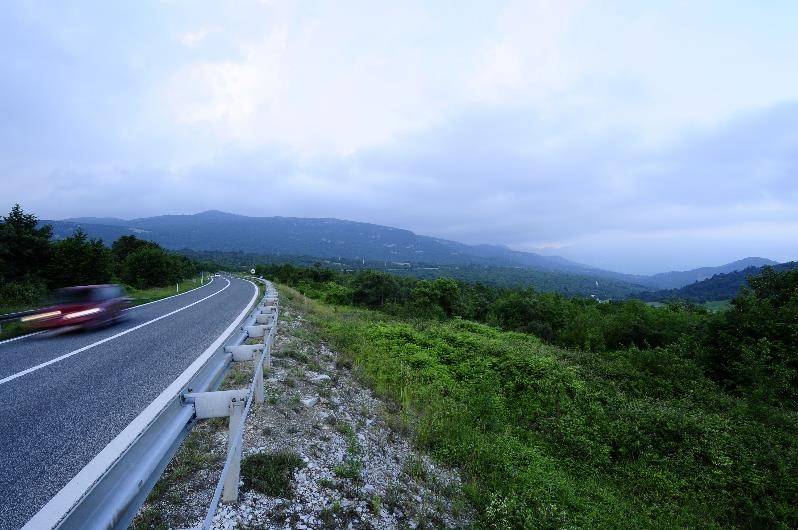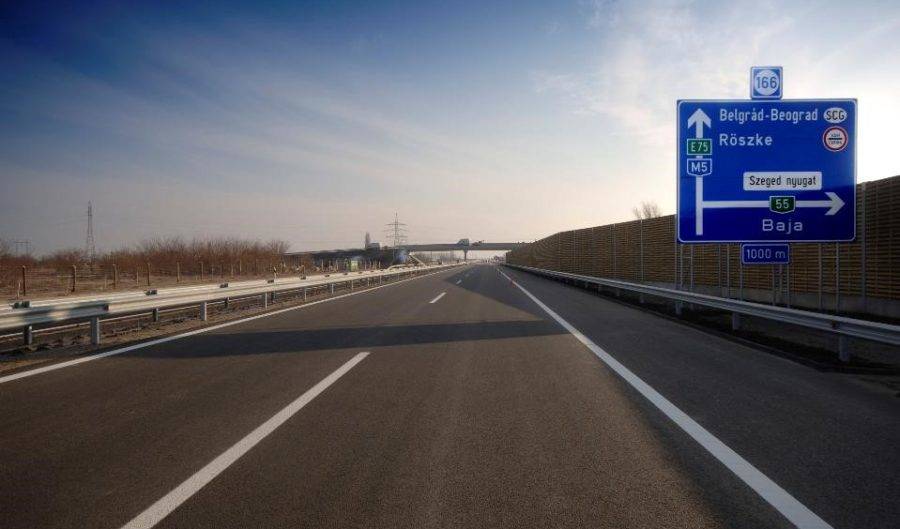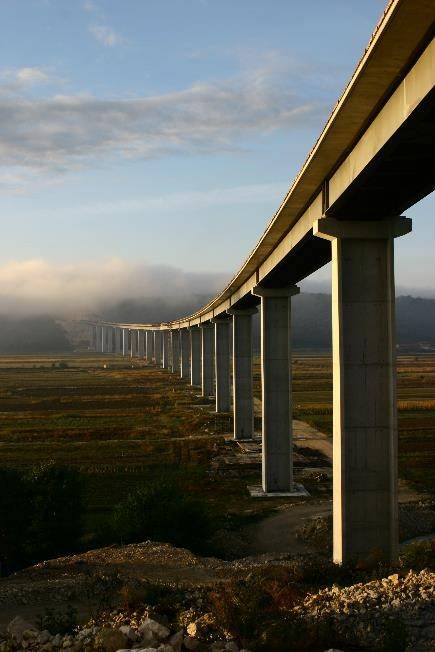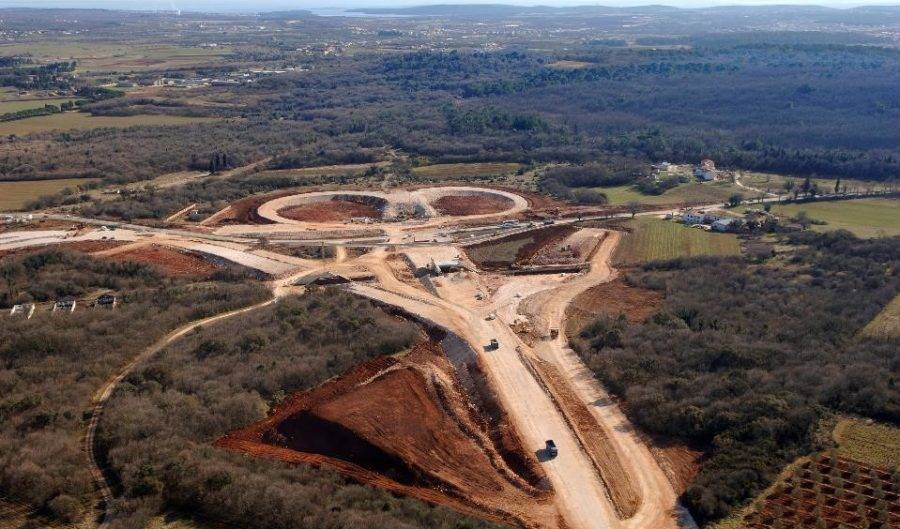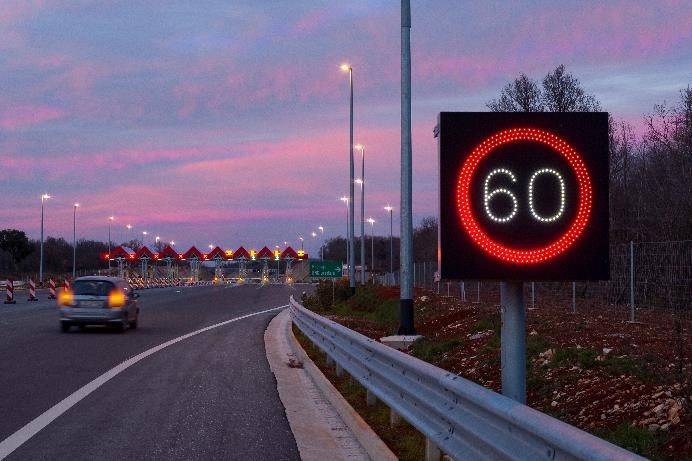
A motorway to reshape the Istrian peninsula
3 minutes of reading
Having carried out the design and construction of phases 1A, 1B and 2A of the Istrie motorway between 1997 and 2011, Bouygues Travaux Publics, an affiliate of Bouygues Construction, was selected to deliver phase 2B1 of the project, including the widening of the lanes to a 2×2 format in the toll road section between Rogovići in the west of the peninsula and Vranja in the east. This represents a further opportunity for the Group to participate in the region’s transformation and boost its economic momentum.
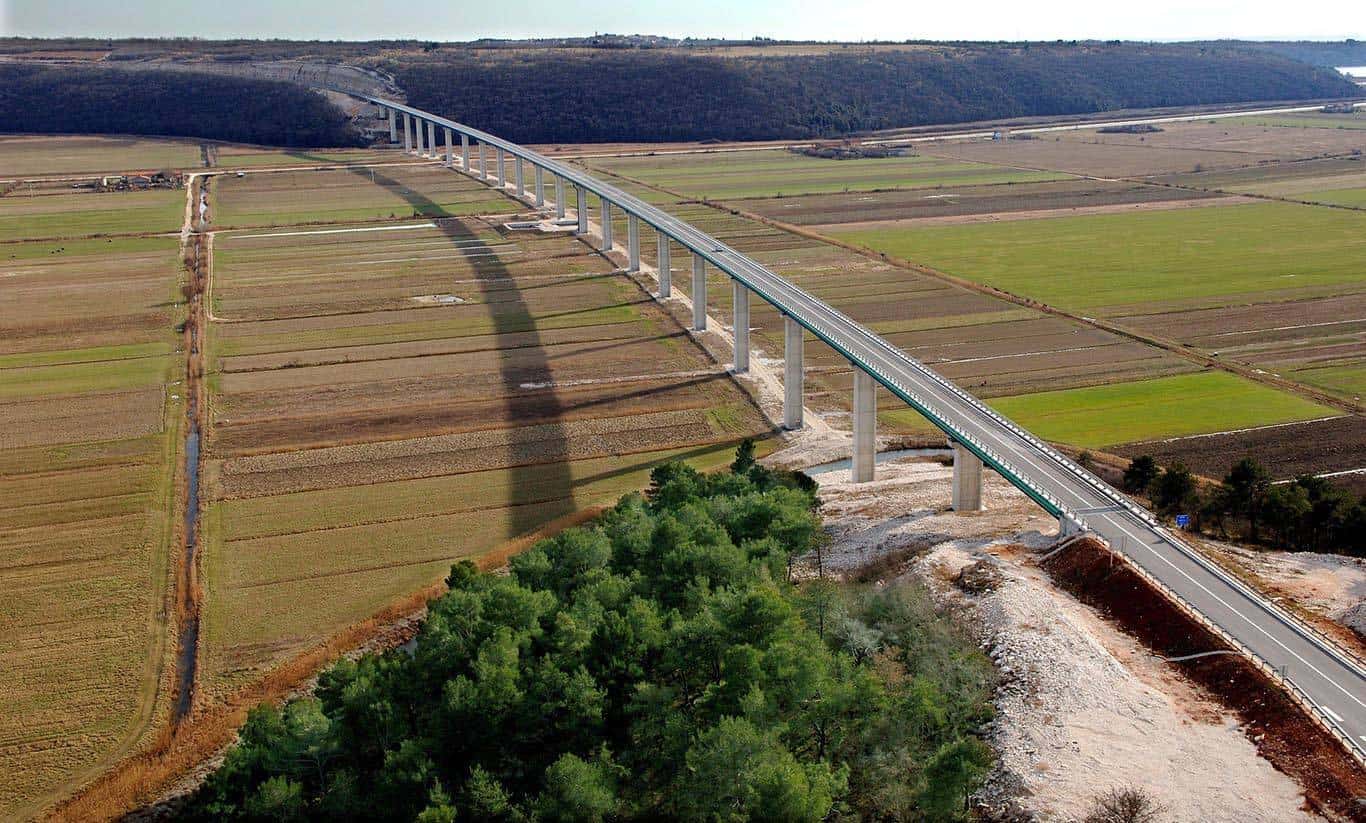
This is the story of a road that would redefine the Croatian landscape: in the space of just a few years, Istrie – a peninsula situated in north-western Croatia – has become one of Europe’s most prized tourist destinations. From 1997 onwards, this influx of visitors has required the construction, followed by the expansion, of a hundred-kilometre-long motorway, improving transport options for both Croatian road users and the millions of tourists that visit the country each year. Having been operated and maintained for over 20 years by Bina Istra (in which Bouygues Travaux Publics is a shareholder), the existing infrastructure contributes to the peninsula’s economic development.
A look back at 20 years of expertise at the service of Istrie
More reading
Read also


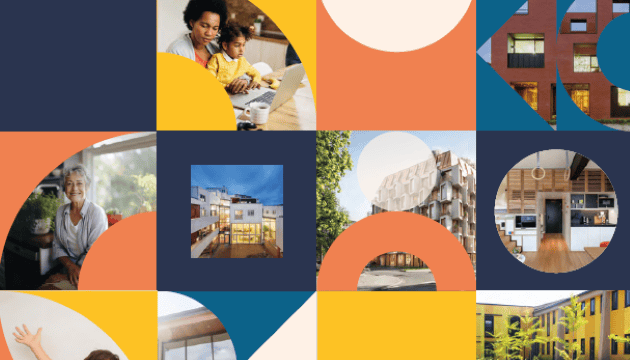
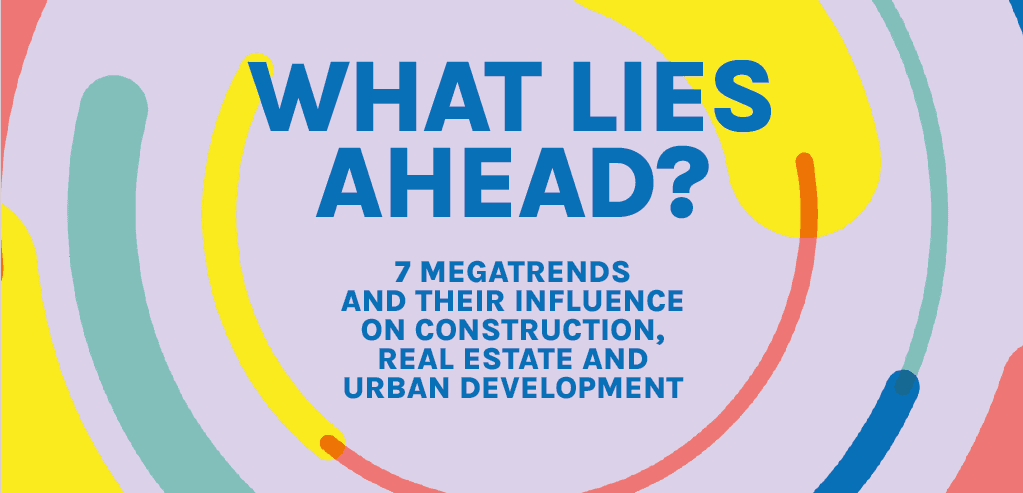
What lies ahead? 7 megatrends and their influence on construction, real estate and urban development
Article
20 minutes of reading

